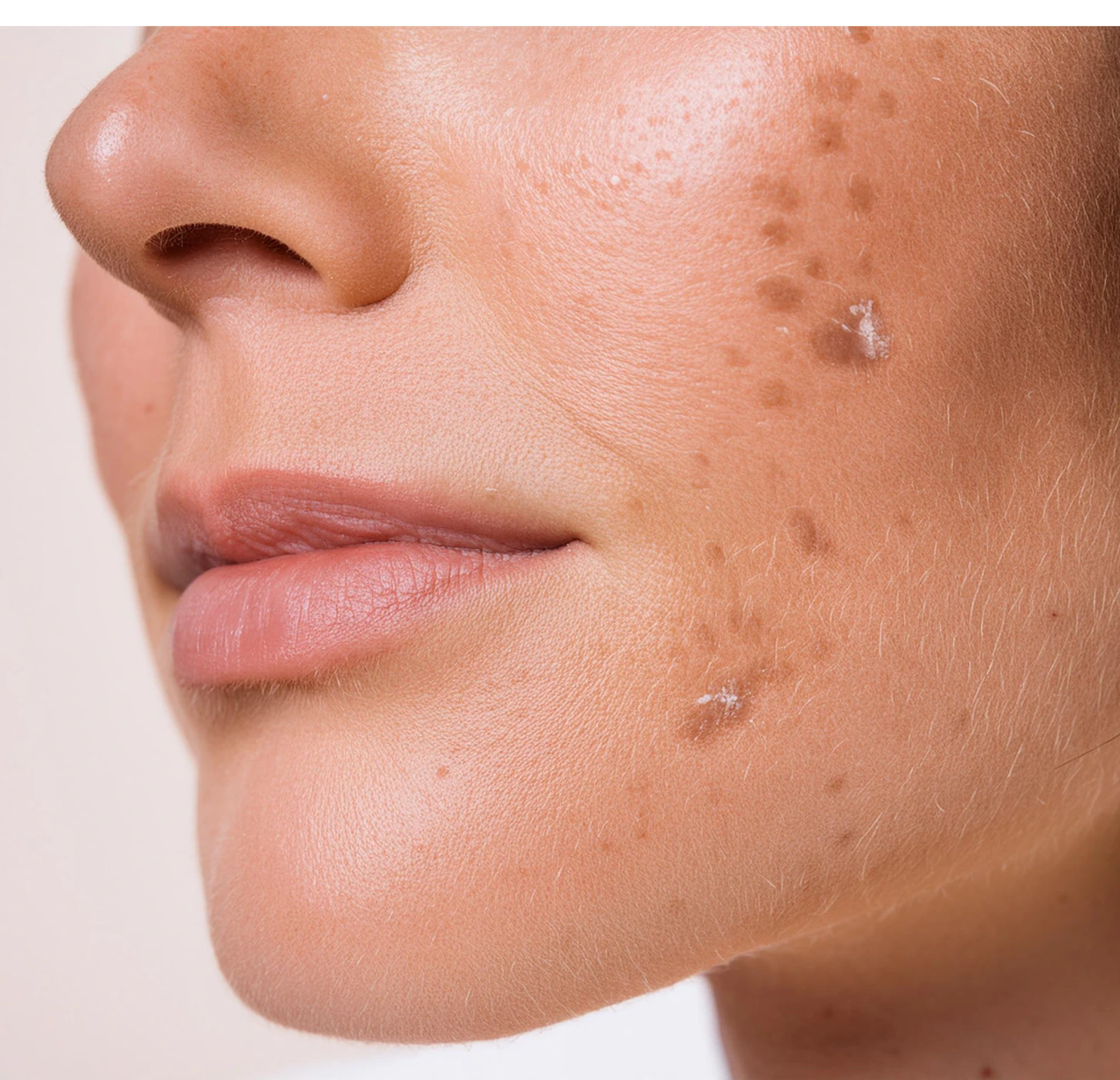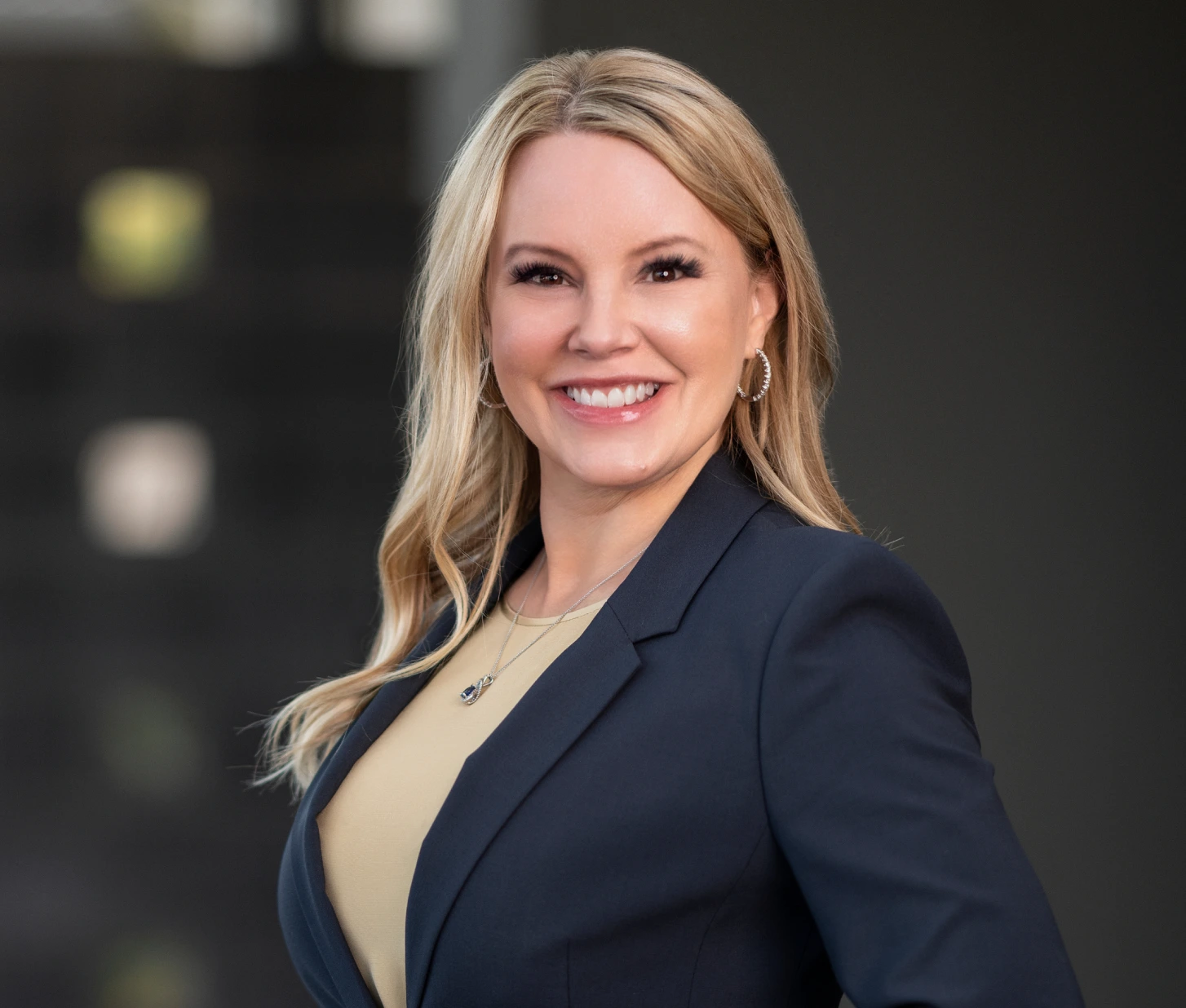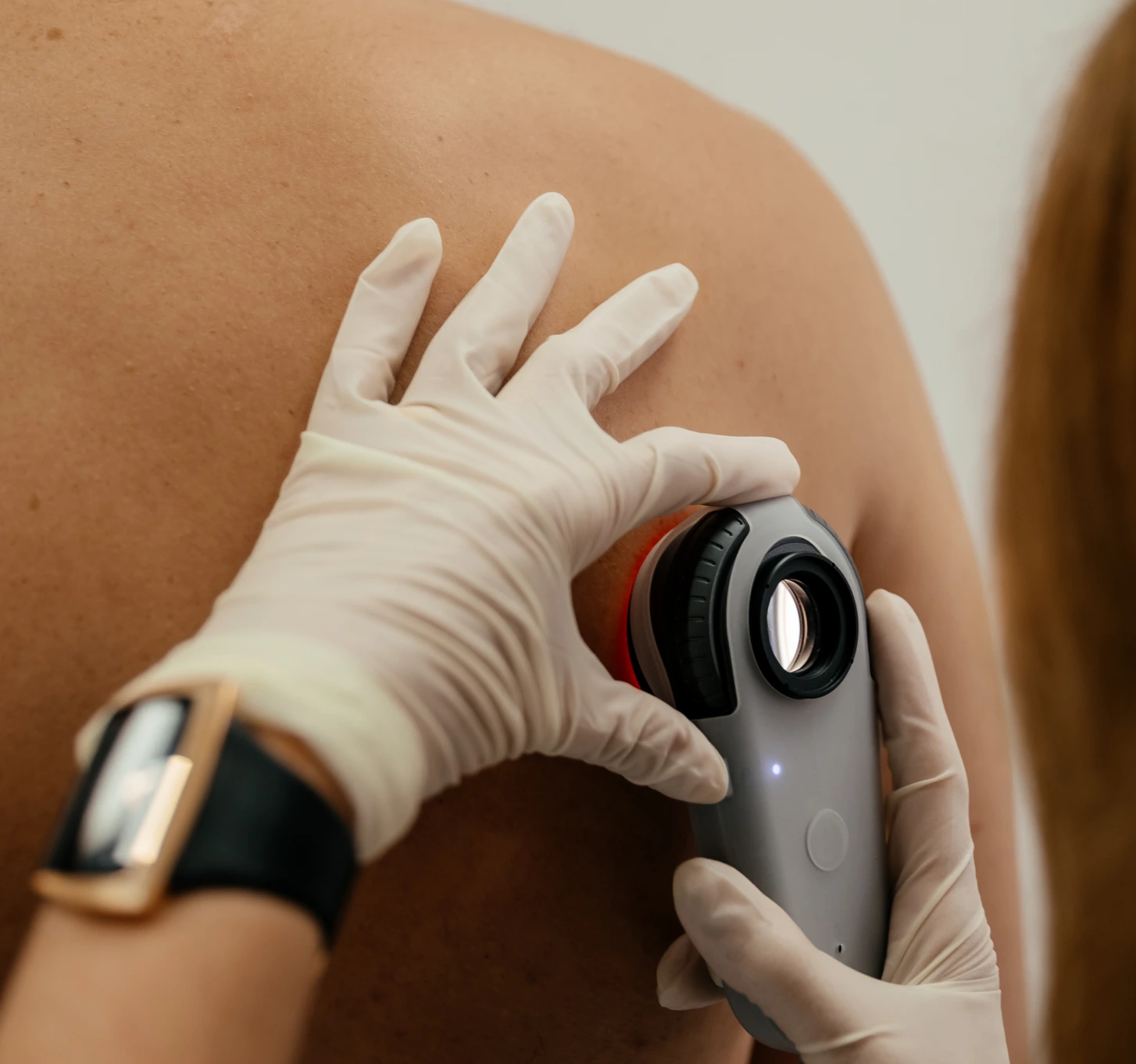
Skin Cancer

These precancerous lesions are caused by sun damage and can develop into skin cancer if left untreated. We offer cryotherapy, topical treatments, and laser therapy for effective removal.

Mohs micrographic surgery is the most precise method for removing skin cancer while preserving healthy tissue. Dr. Betty Hinderks Davis is nationally recognized for her expertise in this life-saving procedure.

Regular skin cancer screenings are essential for catching abnormalities early. Our thorough evaluations ensure that any suspicious lesions are detected and treated promptly.
Testimonials
- Bruce S
- Sarah M
- CECIL L
Testimonials
Your Trust, Our
Greatest Achievement
- Bruce S
- Sarah M
- CECIL L
Advanced Solutions in Dermatology, Plastic Surgery & Aesthetics